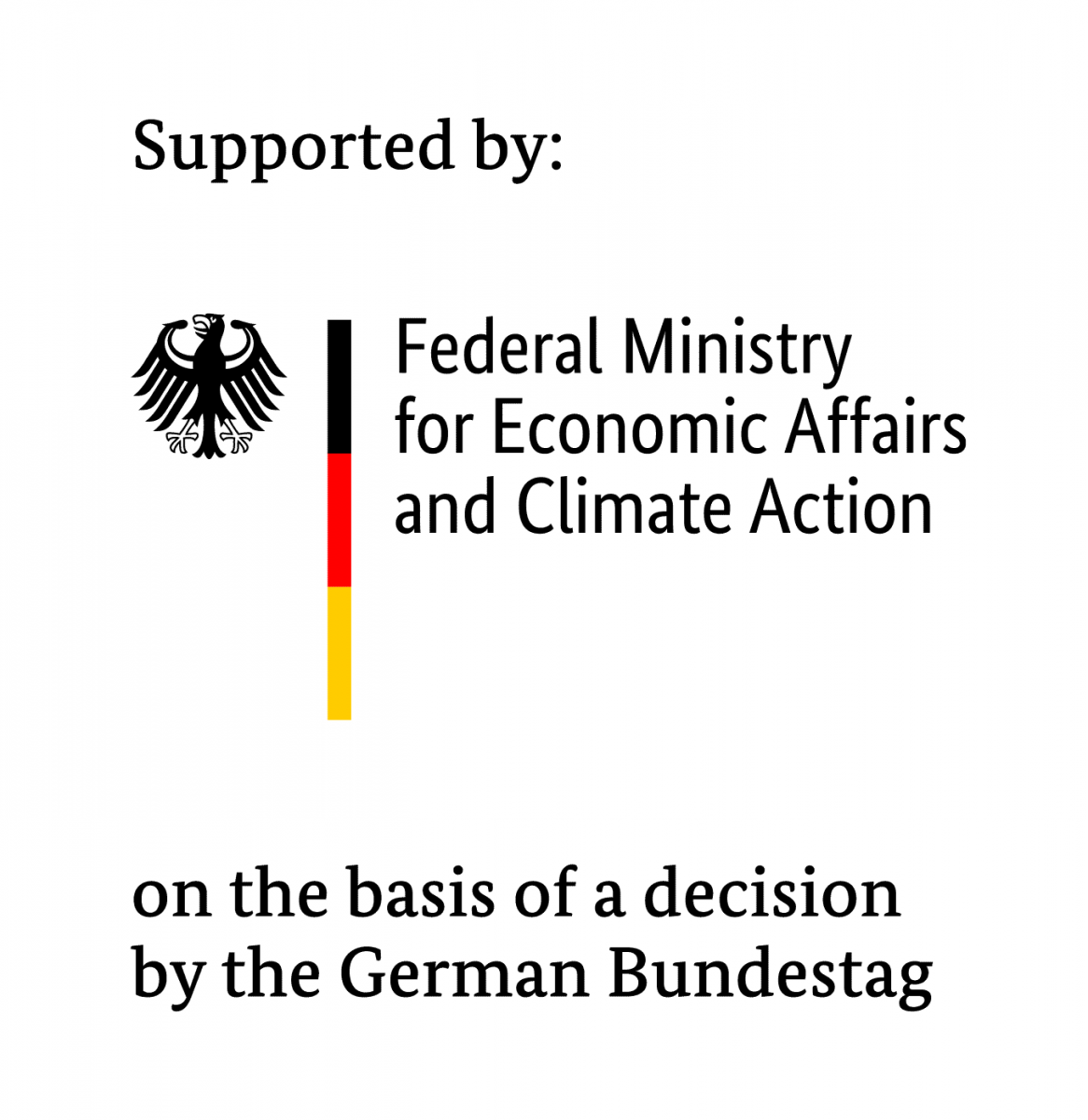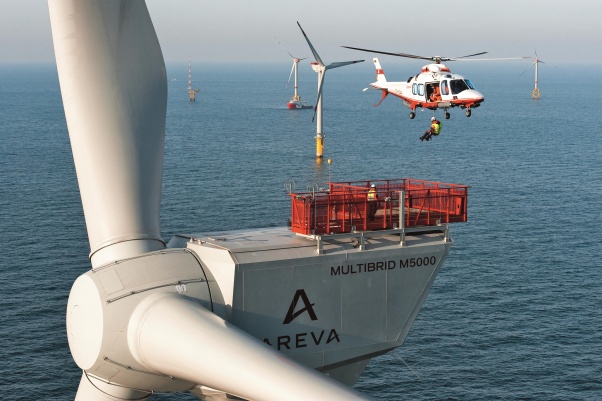Demand-based lighting of offshore wind turbines (BeBeO)
Background
By 2050, renewable energies shall produce the majority of energy consumed. Without a large-scale expansion of offshore wind energy, these targets and thus the success of the energy transition in Germany cannot be achieved (IWES 2017). For further expansion, however, considerable technological innovation is necessary. In particular, the projects from the mid-2020s onwards, some of which are to be operated without fixed feed-in tariffs, were calculated in reliance on considerable technological developments. In addition, the successful expansion of offshore wind energy to date is creating new challenges.
The risk of migratory birds colliding with the rotors constitutes a possible challenge for the further expansion of offshore wind energy use. The night-time lighting of offshore wind turbines can increase the collision risk for birds migrating at night.
A needs-based lighting of offshore wind farms makes it possible to keep the night-time lighting of the plants to a minimum, i.e. to the short periods during which aviation safety requires lighting.
With regard to the lighting of the turbines, the issue of local acceptance of offshore wind energy is also becoming increasingly important. Due to the increasing number of wind energy turbines, complaints about the light emission of wind farms at night have grown. The use of demand-based lighting would solve such acceptance problems.
Project goals and priorities
The overall objective of the project is to develop an initial concept for demand-based lighting of offshore wind farms. In a first step, project partners will determine the status quo for demand-based lighting. Then they will select suitable wind parks, where demand-based lighting can be implemented. Depending on the selected wind parks, a suitable system is selected for practical testing. At the same time, project partners will determine a suitable location practically testing the system. The use of the system should also serve as a basis for the general recognition of the system by the German Air Traffic Control (DFS).
The German Offshore Wind Energy Foundation is responsible for project coordination and the issue of the development of a regulatory framework.
With Deutsche Windguard Offshore, the project also has a strong technical partner. The company has a quarter of a century of experience in the wind energy sector and is responsible for the technical aspects.
The project will also include initial preliminary studies for accompanying nature conservation research. The independent scientists from Bioconsult in Schleswig-Holstein will provide the necessary expertise.
In the second part of the project, which is to begin after successful completion of the first two-year project phase, the measuring system will be installed at the final location within reach of the selected OWPs. Then, project partners will take the necessary measures for the implementation of the lighting systems and carry out the actual test phase of demand-based lighting and the accompanying nature conservation research with suitable measuring systems for bird migration. Finally, project partners will produce an evaluation with a recommendation for the area-wide demand-based lighting of the entire German North Sea and Baltic Sea.
Project partners:
Stiftung OFFSHORE-WINDENERGIE (Lead, coordination, regulatory framework),
Deutsche WindGuard Offshore (Technical issues)
BioConsult Sh (Nature conservation issues)
Funding und funding period
Project funding: BMWi, now BMWK
Project duration: 2 + 3 years
Peoject start: 11.2019
Contact person:
Dr. Matthias Wehkamp (m.wehkamp@offshore-stiftung)
Demand-based lighting of offshore wind turbines (BeBeO)

